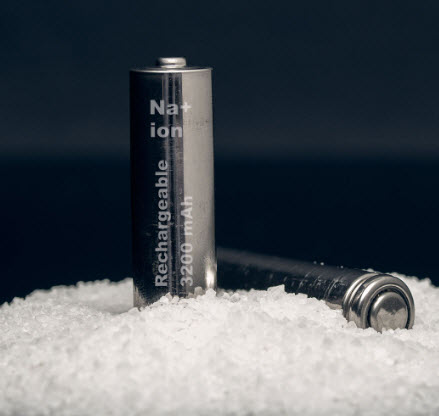Tesla, as a leading electric vehicle manufacturer, has been primarily utilizing lithium-ion battery technology in their vehicles. However, it’s worth noting that Tesla, like other companies, continually explores and invests in research and development of new battery technologies to improve their products.
While there has been interest and research in using sodium-ion batteries as an alternative to lithium-ion batteries, it’s currently unclear whether Tesla specifically intends to use salt (sodium-ion) batteries in their vehicles. Tesla’s battery technology choices depend on various factors such as performance, energy density, cost, safety, and scalability.
It’s important to keep in mind that the electric vehicle industry is highly competitive, and battery technology is a critical component of EVs. Tesla aims to provide the best possible driving range, performance, and overall user experience for their customers. Therefore, if sodium-ion batteries demonstrate significant advancements in energy density, longevity, and safety, it’s conceivable that Tesla might consider incorporating them into their vehicles.
Indeed, sodium-ion batteries have the potential to challenge lithium-ion batteries in certain applications. As I mentioned earlier, sodium-ion batteries offer advantages such as lower cost and greater availability of raw materials. These factors make them attractive for large-scale energy storage applications, where cost-effectiveness and scalability are crucial.
One of the key advantages of sodium-ion batteries is the abundance of sodium compared to lithium. Sodium is widely available and can be extracted from seawater or other abundant sources. In contrast, lithium resources are more limited and concentrated in specific regions, which can lead to supply chain concerns and price fluctuations.
Additionally, sodium-ion batteries share some similarities in terms of the basic chemistry and design principles with lithium-ion batteries. This means that existing infrastructure and manufacturing processes for lithium-ion batteries can potentially be adapted for sodium-ion batteries, making the transition easier.
However, sodium-ion batteries also face certain challenges. One significant challenge is achieving comparable energy density to lithium-ion batteries. Sodium ions are larger than lithium ions, which can affect the ability to store and release energy efficiently. Researchers are actively working on developing suitable materials and electrode structures to overcome this limitation.
Furthermore, sodium-ion batteries are still in the early stages of development, and their performance, cycle life, and safety need to be further improved to match or exceed the standards set by lithium-ion batteries. Extensive research and development efforts are ongoing to optimize the performance and reliability of sodium-ion battery technology.
In conclusion, while sodium-ion batteries show promise and may challenge lithium-ion batteries in specific applications, further advancements and refinements are necessary to overcome existing challenges and achieve widespread commercialization. The transition to sodium-ion batteries will likely occur gradually and depend on continued research, technological advancements, and market demand.


Leave a Reply